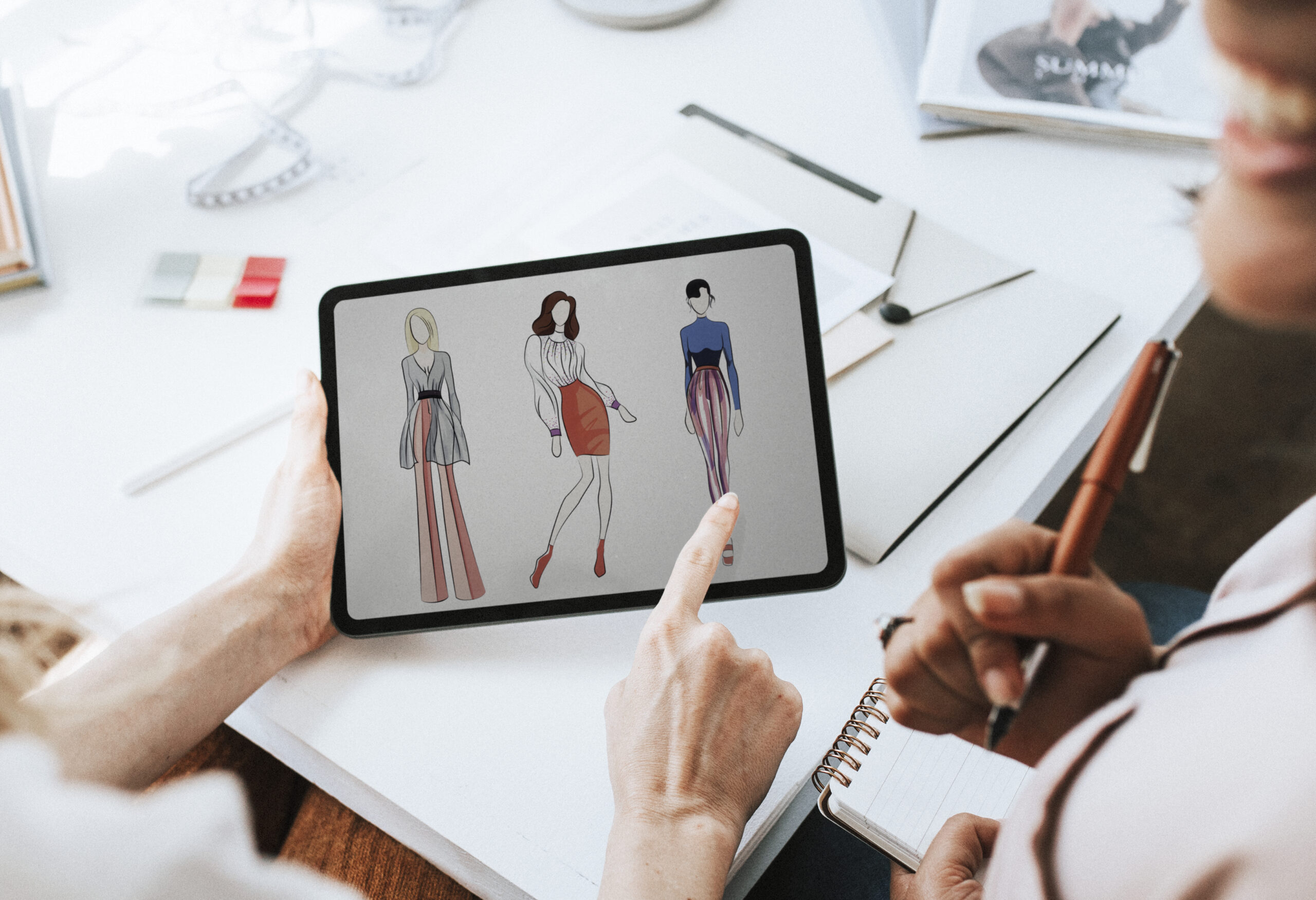The Importance of Intellectual Property in the Fashion Industry
Intellectual property (IP) protection is crucial to the success and sustainability of all industries, including fashion. In fact, IP has been a hot topic in the beauty industry, with companies fighting for trademark and patent rights to protect their products and technology. However, the fashion industry has also been grappling with IP issues, as demonstrated by a recent case between Stylitics, Inc. and Findmine, Inc. that could have significant implications for the development of technology that enhances context and body type dependent outfit selection. In this blog post, we’ll explore the impact of this case on the fashion industry and the need for IP protections to ensure innovation and growth.
Fashion technology has received a major blow from a recent decision by Magistrate Judge Aaron of the United States District Court for the Southern District of New York. In a case between Stylitics, Inc. and Findmine, Inc., the court found that Stylitics’ patent claims for its software tool, Auto-Styler, were directed to patent-ineligible subject matter and recommended the dismissal of the case. This decision is a major setback for the fashion industry, as it could stifle the development of technology that can enhance context and body type dependent outfit selection.
The Case Between Stylitics and Findmine: Overview and Implications
Stylitics had developed and patented the Auto-Styler, which generates and displays collages of outfits, each consisting of multiple attractively arranged and appropriately sized complementary products. However, Findmine developed a similar tool called “Complete the Look” to secure a contract with one of Stylitics’ customers. Stylitics sued Findmine for infringement of its patent relating to the Auto-Styler product, but the court found that the claims were directed to the abstract idea of styling a clothing outfit and lacked specificity or technical detail.
The Auto-Styler Patent Claims: Key Arguments and Court Findings
Stylitics argued that its patent focused on use of a style definition and its customized digital presentation of the recommended outfit in a single interface, which Stylitics asserted are improvements over prior art systems. However, the court found that the claims sought to automate the in-store experience of curating outfits by a stylist, and that the claims follow the same process that a stylist in a retail store would use to select and display a clothing outfit. The court concluded that the claims do not recite patentable-eligible subject matter.
The Impact on Fashion Technology and Innovation
This decision is a significant setback for the fashion industry, which has been relying on technology to enhance the online shopping experience. With the rise of e-commerce, consumers expect personalized recommendations and outfit suggestions, and companies like Stylitics have been at the forefront of developing tools to meet these demands. However, this decision could have a chilling effect on the development of such tools, as it may discourage investment in research and development of technology that can enhance context and body type dependent outfit selection.
Conclusion: The Future of Fashion and Intellectual Property
In conclusion, the decision by Magistrate Judge Aaron is a major blow to the fashion industry and could stifle the development of technology that can enhance context and body type dependent outfit selection. It is a setback for companies like Stylitics that have been investing in research and development to provide personalized recommendations and outfit suggestions to consumers. It remains to be seen how the industry will respond to this decision, but it is clear that protections for technology that enhances the online shopping experience are urgently needed.

